Our first design sprint was a mess. Now what?
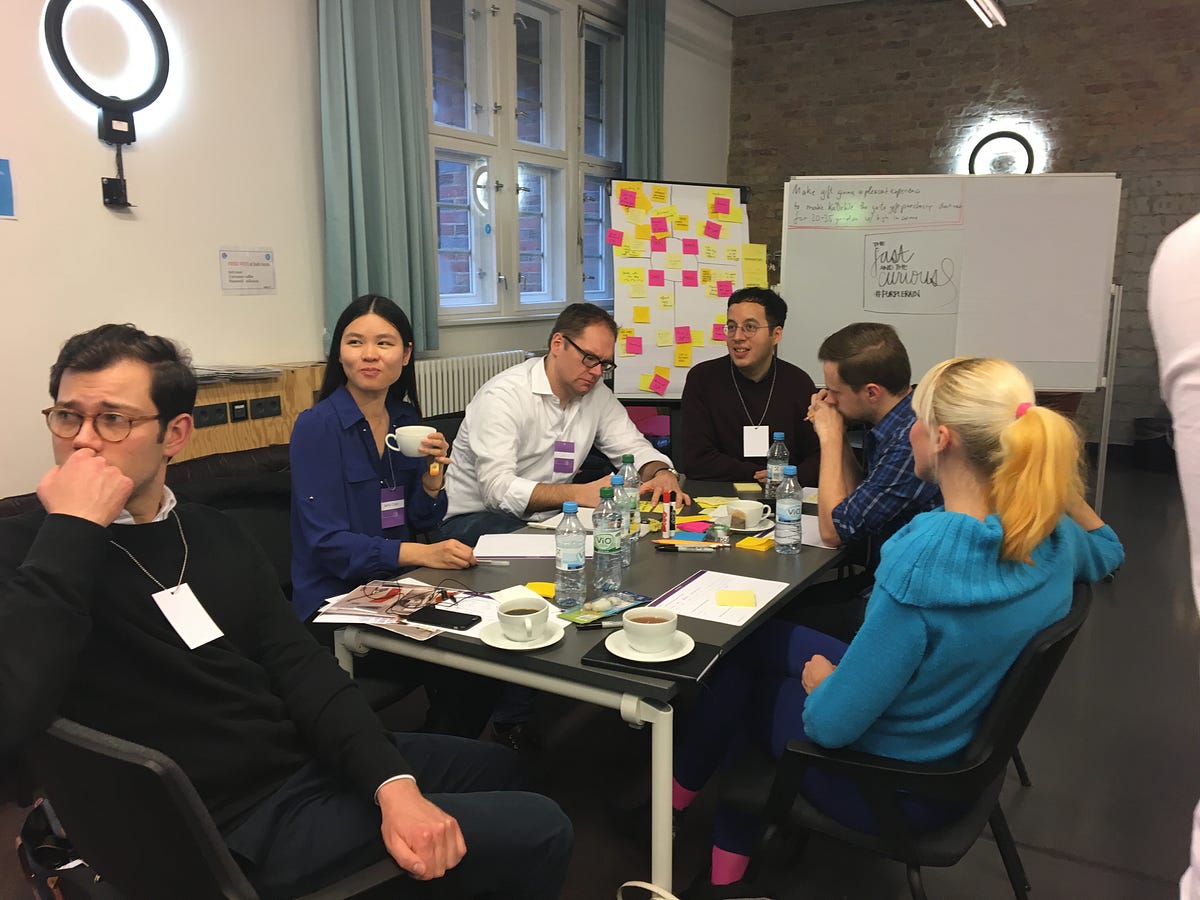
First impressions are lasting, especially when they cost time, money, and reputation.
As valuable as design sprints are, they typically require significant effort to enroll others from your organization. So much so, that I gave this talk at InVision to show how to achieve executive buy-in to bring design sprints into your innovation and product development practice.
During that talk, one of the attendees asked the question “What happens if we tried a design sprint and it bombed? How can we get people in our company to give it another chance?”
Managing mindsets
If your first sprints did in fact flop, take assurance in knowing that is actually the norm.
Think about it — when was the last time you mastered a new skill on the first attempt? In fact, in Mastery, Robert Greene’s collective research shows that true mastery develops after 10,000+ hours of learning and practicing. Mastery reveals itself when you’ve evolved a skill into your own art form.
So then what’s the big deal if your first few sprints aren’t masterpieces from day one? The answer is, mindset.
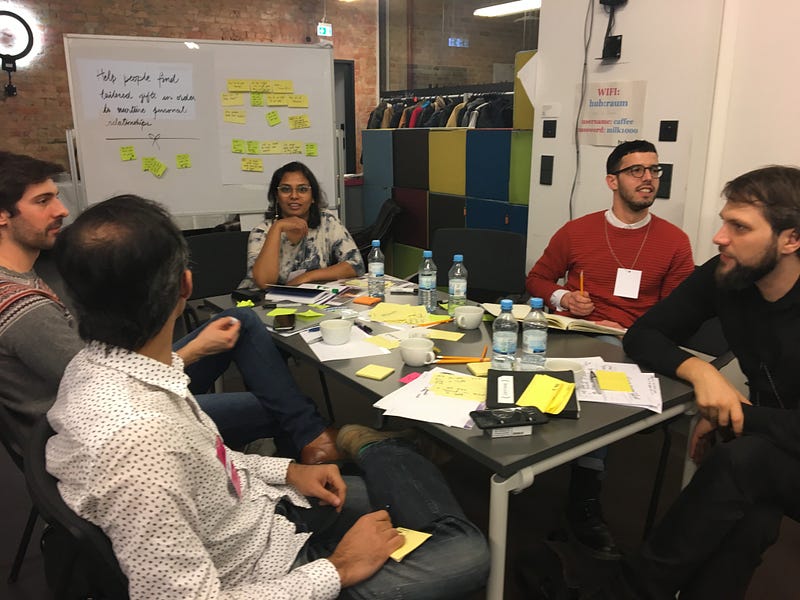
When companies reach out to New Haircut that are beginning their innovation journey of uncovering new products & services, they tend to have predisposed expectations about what they can achieve, how it will be done, and how long it will take.
Ideas like:
Building an innovation lab as a first step
Buying innovation via startup acquisition
Hiring pricey management consultants (nobody ever gets fired for hiring Accenture or McKinsey, right?)
Collecting thousands of ideas from their global staff and running a hackathon on the top dozen or so
In our experience, every company that’s begun with this outlook about innovation, fails. Best case, existing people are fired new people are asked to start over. Worst case they generate a long list of excuses why they cannot innovate and go back to what’s safe.
Likewise, when it comes to using a tool like a design sprint, these companies suggest ideas for their first sprints, like:
Conducting them over a conference call
Squeezing them into 2 days
Running several ideas through a sprint “to speed things up”
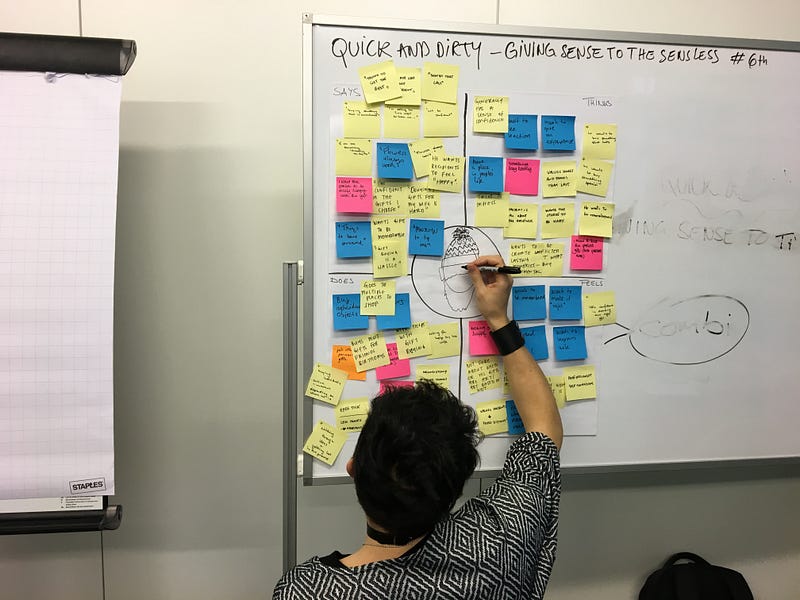
And because a design sprint is a design thinking tool that enables innovation discovery, every company that presumes they can bend their initial sprints based on their own agenda and inexperience, will equally fail. And at that point, they have a decision to make — they can blame the tool and the team, or they can assess what they learned and restart.
Today, we’re here to talk about having the conviction to try again, in which case I’m offering 2 steps you can take to get design sprints back on the docket:
Reset expectations
Work with what you have
Resetting expectations
To set the record straight, your first design sprints should be seen strictly as a learning exercise. That mindset will allow your team to focus on otherwise encouraging results you may have overlooked, like:
Improved relationships. If the only thing that materialized was 2 people (or 2 departments) sitting in the same room for the first time in years (or ever) and having a collaborative experience together, that’s a win!
Invalidation. Sometimes our first sprint challenges are those that have been the topic of conversation within your company for months or years. Hopes are high because people have attached certain expectations based on the amount of time they’ve already invested in them. But a very real finality of any design sprint is that your solutions are not valid. The silver lining is that you avoided all of the time & resources building those doomed solutions. Similarly, you now have a foundation about what won’t work so you can pivot into what will.
Compare. While highly presumptuous, I want to believe that the good things that happened during your sprint show better indications of success than what you’ve been doing previously.
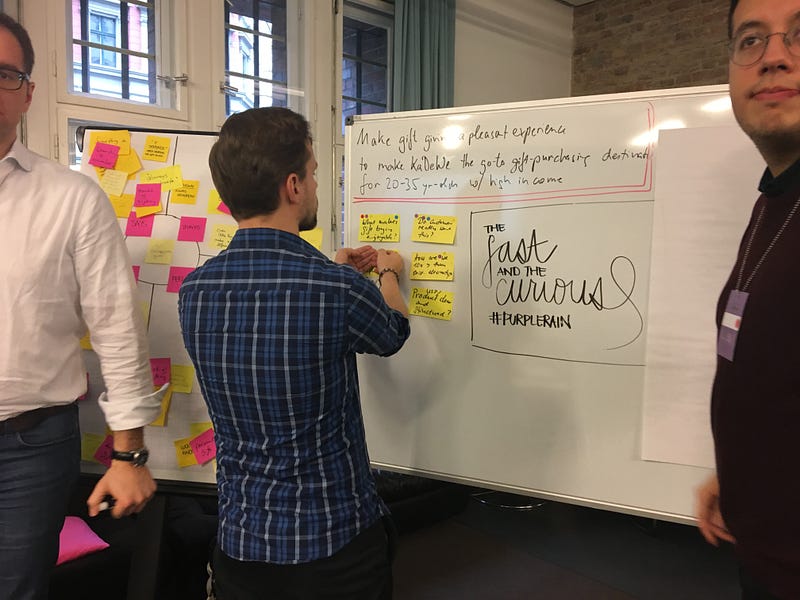
Summarizing and sharing these benefits with the larger team will be pivotal. They need to understand that you’re trending in the right direction and not to give up so quickly, before you get to realize the benefits.
Work with what you have
Once you’ve reset expectations and the team has aligned around a common understanding and vision about the goal of running your next round of design sprints, it’s time to put a plan in place to move forward.
But before jumping into your next sprint, I would encourage you to recommend the team sign up for some training. Let experienced facilitators and trainers shoulder the responsibility of not only introducing design sprints, but enabling your team to learn and digest the framework.
Afterward, the team may form a collective opinion that sprints are too important and valuable not to:
send more people for training
run additional DIY training with tools like Duco+
Otherwise, if you think your team is ready to move forward, you’ll next want to carve out 1–2 weeks identifying the most important challenges to run your next sprint(s) on.
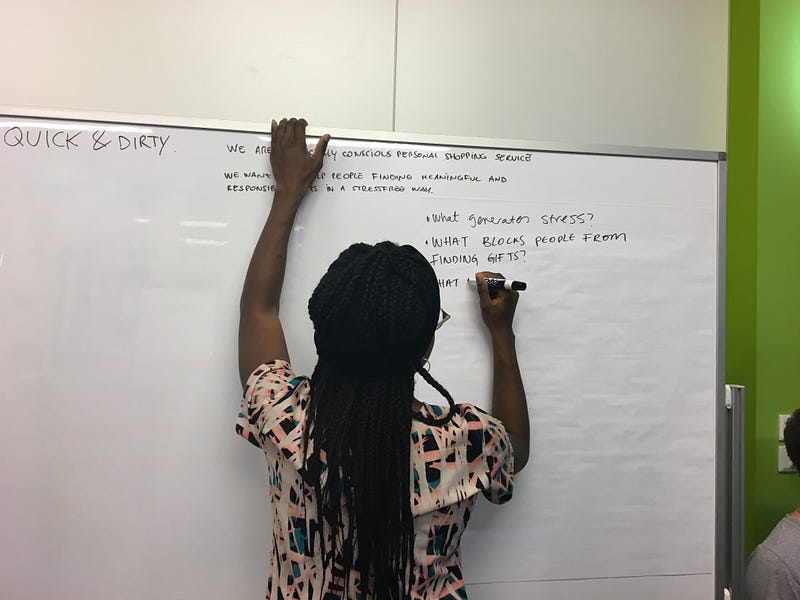
With several people committing to spend 5 days on something (plus travel), make sure you run through our recommended pre-sprint exercises to ensure you’ve chosen the best possible sprint challenges.
Wrapping up
We live and work in environments that demand constant success. And while winning is an important long term goal, learning what it takes to win consistently is critical.
If your first attempt at design sprints was filled with fear and uncertainty, you’re doing something right. Rally the team around the idea that new things are new. Learn from your mis-steps. Then keep going. And be sure to de-risk your sprint outcomes with our ready-to-use design sprint toolkit.


